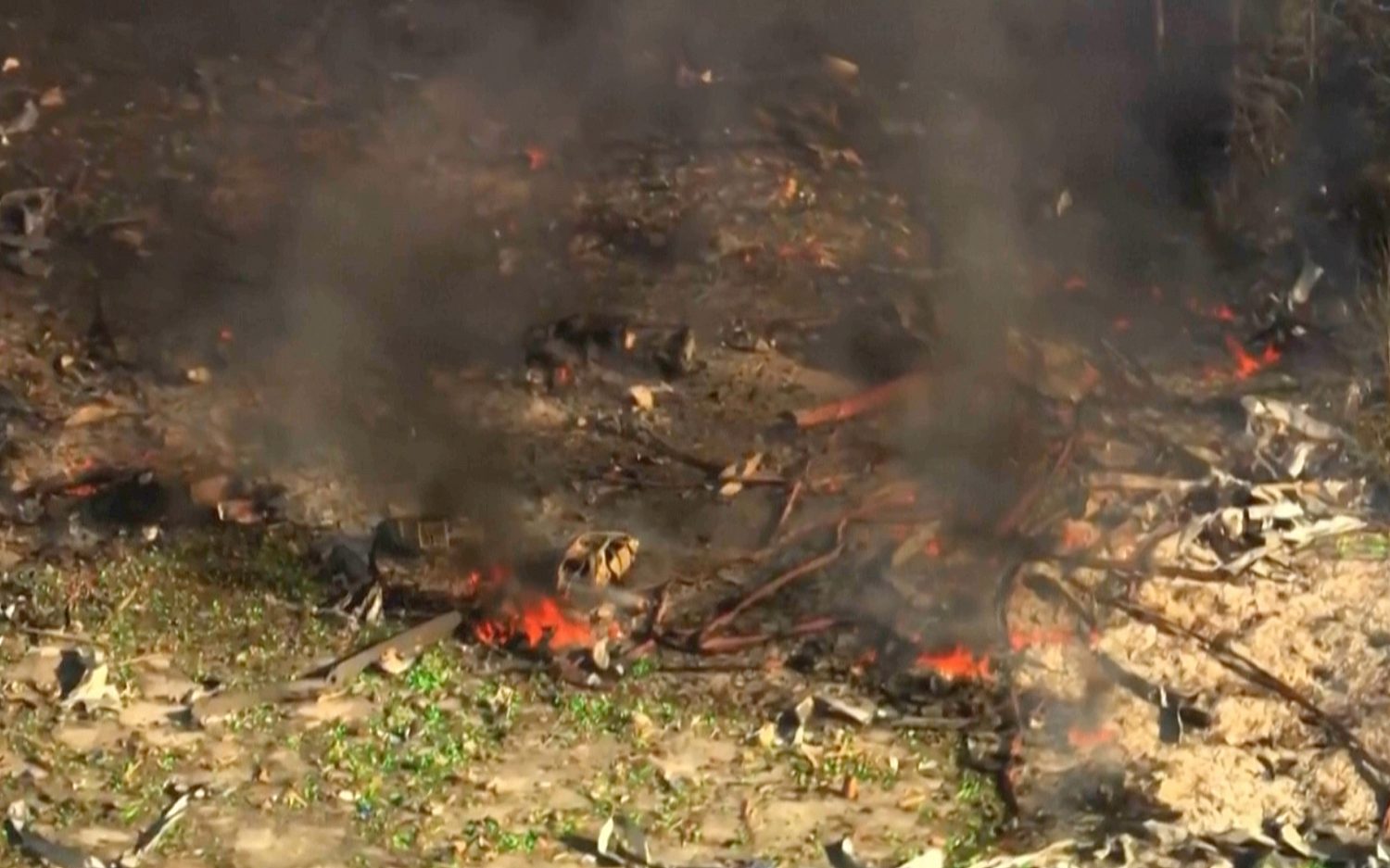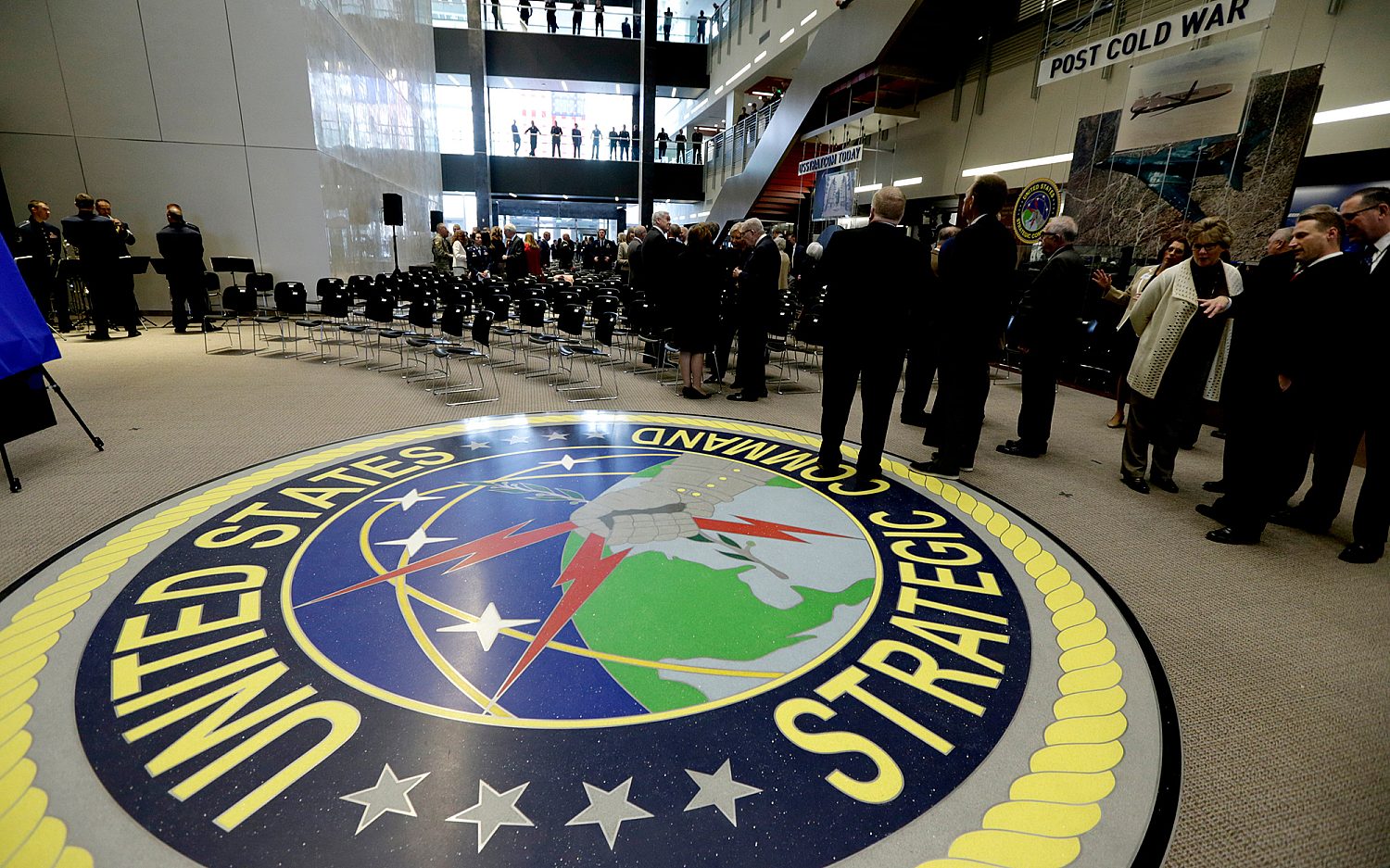Dollars and Sense: Key week ahead in Washington and on Wall Street
Washington and Wall Street. This was yet another week in which the machinations of Washington dominated the movements on Wall Street. On the one hand, the markets are still digesting the Federal Open Market Committee’s meeting now nearly two weeks ago. On the day the Fed met, Sept. 18, the Dow hit a record high of 15,676. It then fell for five straight days. The S&P 500 fell for seven days, its longest losing streak of the year. Once the Fed fell out of the news cycle, the debt ceiling and budget debate came back in.
Cruz control. Then, of course, there was Ted Cruz’s 21-hour speech on the Senate floor, which captured everyone’s attention. I was in Washington most of this week, and—interestingly—it was surprisingly quiet, though you could tell there was a lot of back-room stuff happening. On Tuesday and Wednesday, everywhere I went around Washington, televisions had Cruz on. On Wednesday, I was on Capitol Hill and met with House staffers and one senator, Ron Johnson of Wisconsin. Everyone was unusually circumspect, which is often what happens when sensitive negotiations are underway. No one wants to say anything that ends up inadvertently derailing an agreement.
Shutdown, or not? So does that mean we will have an agreement that averts a shutdown? I’m not sure about that. But recent polling suggests that if the government does shut down, Americans are as likely to blame Democrats as Republicans. That’s one big difference between now and the shutdown in the 1990s that derailed Newt Gingrich. With the Internet and more conservative media, the Republicans will be able to answer Democrats in the public square in ways they were not able to in the 1990s. So I don’t know if that means we are more or less likely to have a federal government shutdown, but it does mean that Republicans are as afraid they’ll be blamed, and Democrats feel forced to negotiate. I think that’s what we witnessed this week, and are witnessing this weekend.
Market drift. In the midst of all this, the stock exchanges continue to conduct business. The question on most analysts’ minds: Will this downward drift in the stock markets continue? It’s important to remember that both the S&P and the Dow are at or near record highs, so some profit-taking and correction is par for the course. Last Tuesday, the Russell 2000 index, which includes many mid- and small-cap stocks, hit an all-time high. Small-cap stocks have been strong this year, up nearly 27 percent. So if the markets don’t continue to roar, you should not be surprised.
Defining week. The week ahead could be a key one. For one thing, we’ll know by midnight Monday night, if not before, what Congress will do. That’s the deadline for a continuing resolution to fund the government. In addition, we’ll get a number of September reports this week, including the unemployment number next Friday. Weekly first-time claims for unemployment benefits have fallen over the past two months, and they’re now close to 300,000. That should be a number that indicates sustained job growth. But the unemployment rate itself has remained stubbornly above 7 percent. Lots of analysts are looking for that number to move downward this month. If it does, that could be a defining moment for this recovery. And if it doesn’t? Well, this isn’t Groundhog Day, but we could be looking at a long winter.
An actual newsletter worth subscribing to instead of just a collection of links. —Adam
Sign up to receive The Sift email newsletter each weekday morning for the latest headlines from WORLD’s breaking news team.





Please wait while we load the latest comments...
Comments
Please register, subscribe, or log in to comment on this article.